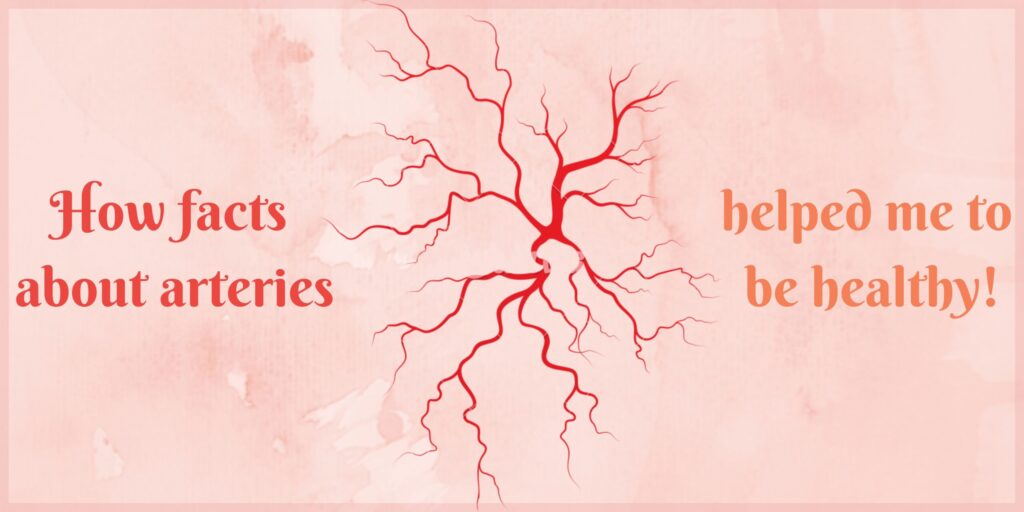Functions of the arteries
The functions of the arteries are discussed in detail in this article. All of your body parts and tissues get oxygenated blood via blood vessels. Only via blood circulation the human body parts get the oxygen and nutrition they need to stay alive. Additionally, blood vessels remove waste materials and carbon dioxide from the human system. There are several types of blood vessels, and each one performs a distinct purpose in the body. The heart pumps oxygen-rich blood throughout your body through strong, muscular arteries. Even though they can withstand a lot of stress and pressure from your blood, they can’t transport a lot of blood themselves. Only 10% to 15% of the blood in your body is flowing through your arteries at any one moment. As a result, arteries are blood channels that transport oxygen-rich blood away from the heart and to numerous organs and tissues. Arteries, like the heart, as well as various blood vessels, are key components of the circulatory system in the human body.
Three layers of arteries
Each artery is a three-layered muscular tube bordered by smooth tissue, and the three layers are explained as follows: The intima is the first, and the innermost layer, which is bordered by a gentle tissue termed endothelium. The second layer is the media, a muscular layer that enables arteries to withstand the tremendous pressures generated by the heart. Finally, a third layer labelled adventitia comprises connective tissue connecting arteries to surrounding tissues. The maintenance of the transportation of blood throughout the human body is one of the functions of the arteries. The aorta is the biggest artery, serving as the primary high-pressure conduit connecting the heart’s left ventricle to the rest of the body. The aorta divides into several tiny arteries that branch out and go through the body. The arterioles and capillaries are the smallest branches of the arteries, and the pulmonary arteries are special in that they convey oxygen-depleted blood from the heart to the lungs at low pressure.
Illnesses pertaining to arteries
Atherosclerosis is the deposition of cholesterol (a greasy component) in the arteries’ walls, and it may result in heart attacks and strokes if it occurs in the arteries of the heart, brain, or neck. The functions of the arteries entail the process of transporting blood away from the heart. Vasculitis, also known as arteritis, is an inflammatory condition of the arteries that may affect one or more arteries concurrently, and a hyperactive immune system induces the majority of cases of vasculitis. Amaurosis fugax is when one eye loses vision due to a momentary interruption of blood circulation to the retina, the light-sensitive layer covering the eye’s surface. It often develops when a part of a cholesterol plaque in one of the carotid arteries, the arteries on each side of the neck that give blood to the brain, ruptures and flows to the retinal artery, which delivers blood and nutrients to the retina. Stenosis of the arteries is the thinning of the arteries, which is often induced by atherosclerosis; when stenosis develops in the arteries of the heart, neck, or legs, the reduced blood circulation may result in major health concerns.
Tips for healthy arteries
Consume a heart-healthy diet and include exercise in your daily routine. Strive for 30 minutes of exercise five days a week and abstain from smoking. If you do smoke, speak with your physician regarding smoking quitting programmes that might assist you in stopping. The functions of the arteries comprise the ability to regulate blood pressure by modulating vessel calibre. One drink per day is the maximum amount of alcohol you should consume. Diet may help you improve your cardiovascular health and lower your likelihood of plaque accumulation, and it’s never too late to start eating better. Years of poor eating habits could harm your body, but healthy eating habits would assist it in recovering. A heart-healthy diet rich in useful fats and low in dangerous fats, along with regular exercise, may help you maintain excellent cardiac health and prevent cardiovascular issues. Start cautiously and go for a walk once or twice a week if you are not already physically active. When you have more time, go for additional walks and gradually increase your regimen and endurance. Prior to actually beginning a new workout plan, it’s imperative to consult with your physician.



